Harvesting and storing peppers
Before discussing the collection and storage of pepper, you should clarify what kind of culture will be discussed. Our gardeners grow two types of pepper - sweet and bitter. Their agricultural technology is in many ways similar, but there are differences, especially with regard to harvesting.
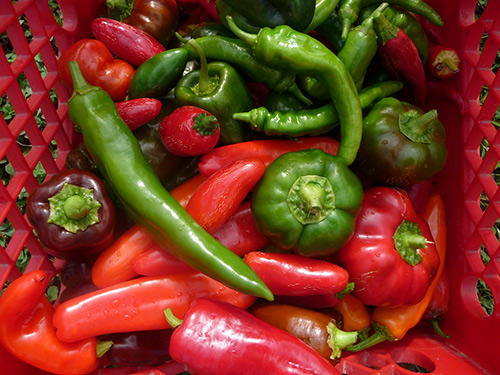
Sweet pepper (syn. Bulgarian, paprika)
The maximum amount of vitamins and other nutrients is contained in fully ripe peppers. But everyone knows that ripe fruits of sweet varieties are stored very poorly - they have to be eaten immediately or processed. Therefore, it is recommended to collect the pods that are not yet fully ripe, which are in the phase of the so-called technical ripeness.
The state of technical ripeness usually occurs 2 - 2.5 months after germination. At this time, the fruits already reach the size characteristic of a particular variety, but do not yet have the proper color. The terms of technical ripening are individual for different varieties and must be indicated on the seed bags.
Peppers that have reached technical ripeness are able to lie for up to two months or even more. At this time, they gradually ripen without losing their nutritional and marketable qualities.
To move from one stage of ripeness to another, that is, from technical to biological, pods need from several days to two and a half weeks. The duration of the process depends on many factors, but, first of all, on the ambient temperature. The higher it is, the faster ripening goes. Therefore, in order to store the pepper for a long time, it is necessary to provide it from 7 to 10 ° C during the ripening period, and around zero after it.
The onset of the biological ripeness of the peppers will be prompted by a change in their color - it becomes brighter, such as should be in the fruits of this variety. Another sign is the characteristic crackling sound that is observed when pressed. Unripe pods do not have it.
Usually, peppers are picked selectively, once or twice a week, as soon as they are ready. Total harvesting is carried out only with the threat of frost, which this culture does not tolerate at all. The calendar dates for the start of harvesting largely depend on where the plants are grown - in a greenhouse, greenhouse or open field.
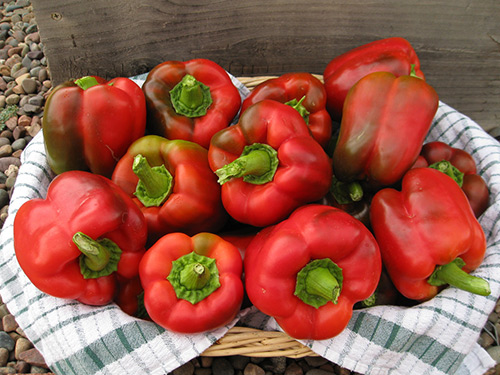
Cut off the finished fruit should be extremely careful, with a stalk, so as not to damage very fragile twigs. It is best to use a special pruner or scissors for this purpose.
For storing sweet peppers, it is necessary to select healthy fruits that are not damaged. The easiest way to do this is to spread the pods in a thin layer in a cool and well-ventilated area, such as a basement. In about a week, sick and weakened specimens will definitely show themselves - they will begin to rot.
For disinfection, healthy peppers are recommended to be treated with copper sulfate - it is enough to dip in a 1% solution and then dry directly in the air. It is most convenient to store them in boxes with a capacity of no more than 10 kg, which can be either wooden or made of other materials. The walls and bottom can be laid out with wrapping paper, or you can wrap each pod in it individually.
If the temperature in the basement does not exceed 10 ° C and the humidity is between 90 and 95%, the fruits will ripen within a month. Then the temperature should be reduced to zero degrees - this will extend the storage for another two months.
If there is enough space in the basement, you can store the peppers directly on the stems. For this, the selected bushes with fruits are pre-sprayed with a 1% solution of vitriol, pulled out together with the roots and hung upside down.
You can also store peppers in the refrigerator. To do this, they are placed in plastic bags with small holes for air access. It should be borne in mind that red varieties last longer than green ones.

Bitter pepper (syn. Hot, red, chili)
Otherwise, bitter peppers are collected and stored. They should only be harvested after they have reached full maturity, when the pods have acquired their true color - red, orange or yellow.
Bitter peppers are stored in a completely different way from their sweet congeners. The tissues of these varieties contain pungent and burning substances, which largely determine their specific taste. The more ripe the fruit, the more of this bitterness, which acts as a natural preservative. Because of it, the pod is practically not subject to rotting - it does not deteriorate, but gradually dries out. If a not very hot and hot pepper is required, then it is quite possible to remove it from the branch unripe.
Bitter peppers are most often stored dried - in whole pods in boxes or boxes. But you can grind them and put them in glass jars or paper bags. Some housewives tie each fruit with a thread by the tail and tie it into a bunch. It is convenient to hang such bundles somewhere in a cool and dark place.
There is another interesting way to store hot peppers - in vegetable oil. To do this, ripe, well-washed pods are folded into a glass vessel and poured with refined oil. After a couple of months, a kind of aromatic tincture is formed in it.
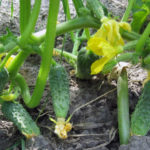
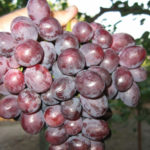
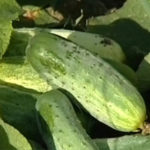

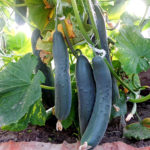
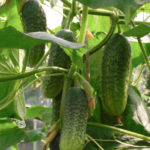



I store Bulgarian sweets in plastic boxes in a coarse grid in one row in a dry cellar. Ripe fruits are immediately processed or frozen. Spicy dry land.
I preserve some of the sweet peppers, dry the other part, mostly ripe, and grind into dust, getting red mild paprika. Usually goes to color the dishes. I do the same with spicy ones: pickle and dry them. The bulk of dry chili powder is used to make adjika without tomatoes (real). From super hot peppers (habanero and scorpion) I make fermented sauces. I also make and use hot pepper oil. To do this, pour dry powder of any hot pepper with sunflower or olive oil and leave to infuse for 2 weeks. After that, the reddish oil is drained without sediment and added dropwise to dishes for spiciness.